Stepping into the weights section of the gym for the first time can be daunting, especially if you've been more into cardio or not much into sports. All those weird looking machines, grunting meatheads and scantily-clad fit chicks can be really off-putting and make your self-confidence plummet. But fear not! Everything you need to know about lifting weights as a beginner is detailed in this guide. If you prefer video format, watch this version.
6 Tips To Get Confident In The Gym
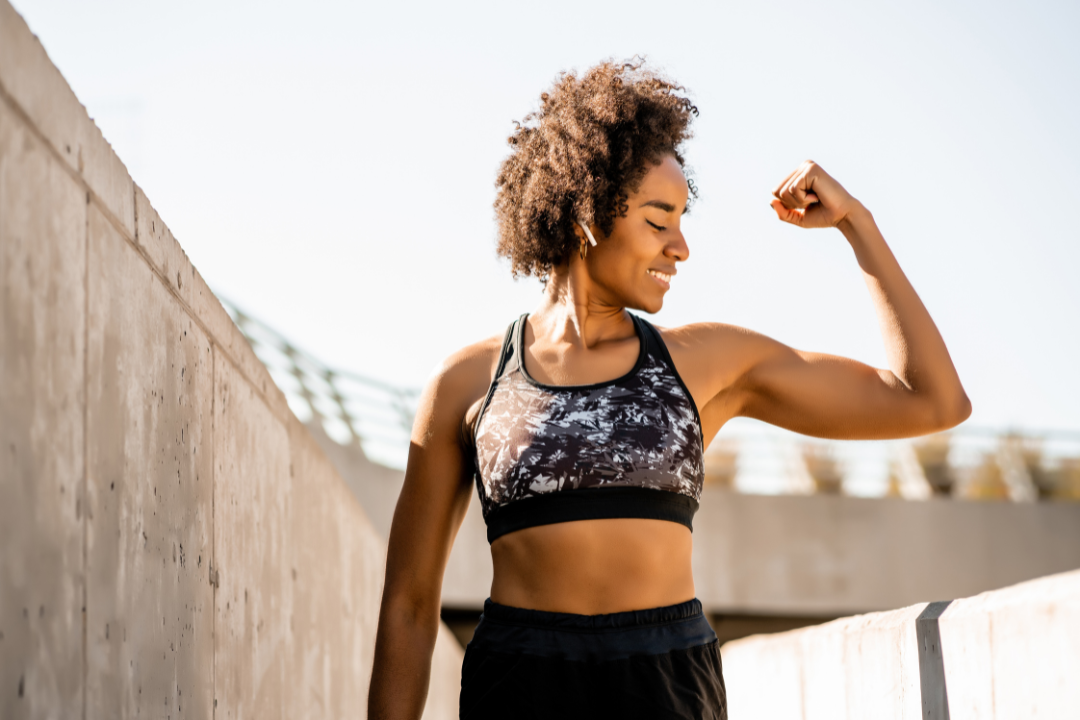
We all start somewhere, even the professionals were once beginners and no one starts out perfect. Simply put - you’ve just got to feel the fear and do it anyway! The more you can work on your mindset before you even get inside a gym, the less anxiety and overwhelm you’ll feel. If you feel confident on the inside, it’ll reflect on the outside too.
Here are my 6 top tips to make your first day at the gym a much smoother and more enjoyable experience:
Be Prepared: Walking into the weights room with a solid plan, knowing what exercises you’re going to do with how many sets and reps will take all the confusion and overwhelm out of the equation. Mapping out in your mind where the machines or free weights are located on the gym floor, means you can just charge right in, set yourself up and get lifting without aimlessly walking around looking lost. Have your workout printed out or better yet, sign up to the Strong Curves App for awesome gym workouts tailored to your goals.
Start With Home Workouts: If the gym feels too intimidating, start with home workouts. Learn the basics in the comfort of your own home with just a set of dumbbells. This will make the transition to the gym smoother. The Strong Curves App has you covered with quick and effective workouts you can do straight from your living room.
Stick to Your Routine: Whilst doing the odd YouTube workout from your favourite fitness influencer is perfectly okay for a bit of fun and variety, getting hooked on doing a different workout for every session is not a good long term strategy - especially as a beginner. Consistency and structure is how you get the best results as a newbie lifter. That means getting a solid routine, doing the same exercises every week and sticking to it for at least six weeks.
Be Wary of Group Classes: Group classes can feel safe but may not target your specific goals. They're great for general fitness and some strength building, but not ideal for sculpting and toning your body to its fullest potential. It's key to learn exercises that focus on form and the mind-muscle connection. Be cautious of developing poor lifting habits in these classes. It's better to focus on weightlifting with fundamental exercises that build a solid foundation for your body. Mix in group classes for fun, but prioritize weight training for real progress.
Focus Is Key: Mindlessly throwing some dumbbells around, jumping from machine to machine while your thoughts are elsewhere, isn’t going to do you any favours. As a beginner lifter you will get far better results if you learn to hone your focus. Every repetition counts, so the more you can tune out of your surroundings and hone in on the rep ahead of you, the better the quality of your workout. The added bonus is that you’ll also develop better mind-muscle connection for faster results.
Handling Unwanted Attention: The weights area is often male-dominated, but don't let that intimidate you. Creeps offering unsolicited advice or awkward pick-up lines? Perfect your 'don't mess with me' face, pop on some headphones, and maybe a cap for good measure. Looking focused and confident in what you're doing usually keeps unwanted attention at bay. Remember, most people in the gym are too focused on themselves to notice you. So, concentrate on your workout, and with practice it'll all feel more comfortable.
Start With The Basics
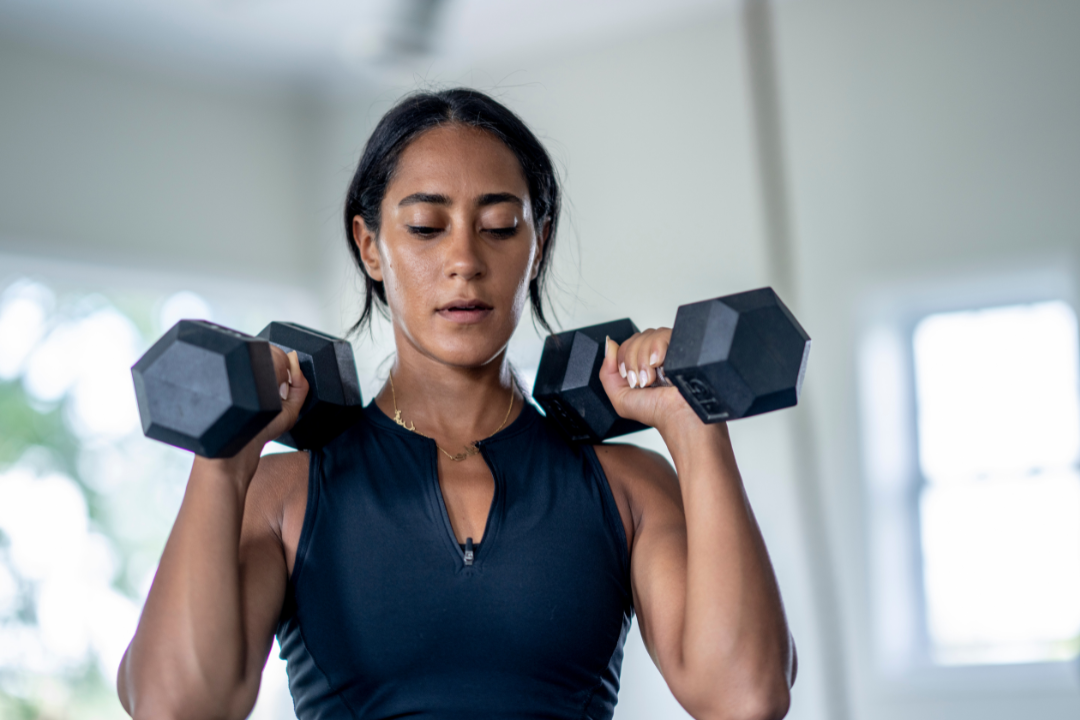
There's only one thing you need to focus on as a beginner: mastering the basics. If your goal is to sculpt Strong Curves by tightening your midsection, growing your glutes and strengthening your upper body, then there are only a handful of exercises you need to focus on. The rest is just fitness fluff.
There are literally hundreds of exercises you can do from free weights to machines. But as a newbie to lifting weights, a smaller toolbox is far more effective. Once you’re more advanced you can start incorporating more complex exercises. The number one rule is to keep it simple and stay consistent. Focus on the fundamental compound moves and learn to execute them with perfect form - that's what will give you the most bang for your buck.
The Best Beginner Gym Exercises

Compound exercises are moves that target multiple muscle groups and work the whole body in the most functional way, mimicking movements that you perform in your daily life on regular basis. Think: deadlifts similar to picking something heavy off the floor or, bending down to pick something up like in a squat. Compound exercises will help you develop a well-rounded and proportional physique and once you master these moves, it’ll make all other exercises a doddle to learn.
There are literally only a handful of exercises worth doing as a beginner. Here are the best ones:
Lower Body:
Hip Thrust (the king of all glute exercises)
Squat (dumbbell, back bar and kettlebell)
Lunge (static, alternating and walking)
Deadlift (stiff leg and conventional)
Lower Body Machines:
Hamstring Curl Machine (seated, prone, standing)
Leg Press Machine
Upper Body:
Rows (single arm and bent over)
Dumbbell Shoulder Press
Bench Dips
Push Up (elevated, close grip and wide arm)
Plank and Side Planks
Upper Body Machines:
Lat Pull Down Machine
Seated Row Machine
Assisted Pull Up/Chin Up Machine
I'd also recommend adding some isolation exercises to your routine, especially if you're a beginner. These exercises focus on specific body parts, usually smaller muscles that aren't designed for heavy weights. They're ideal for beginners who might have lower muscle mass, helping you master targeted movements and gradually build strength in specific areas.
Dumbbell Side Raise (targets the outer shoulder cap)
Dumbbell Rear Raise (targets the back of the shoulders and upper back)
Tricep Cable Push Down (targets the back of the arms)
Dumbbell Bicep Curl (targets the arms)
Ab Crunch (targets the core)
Glute Training For Beginners
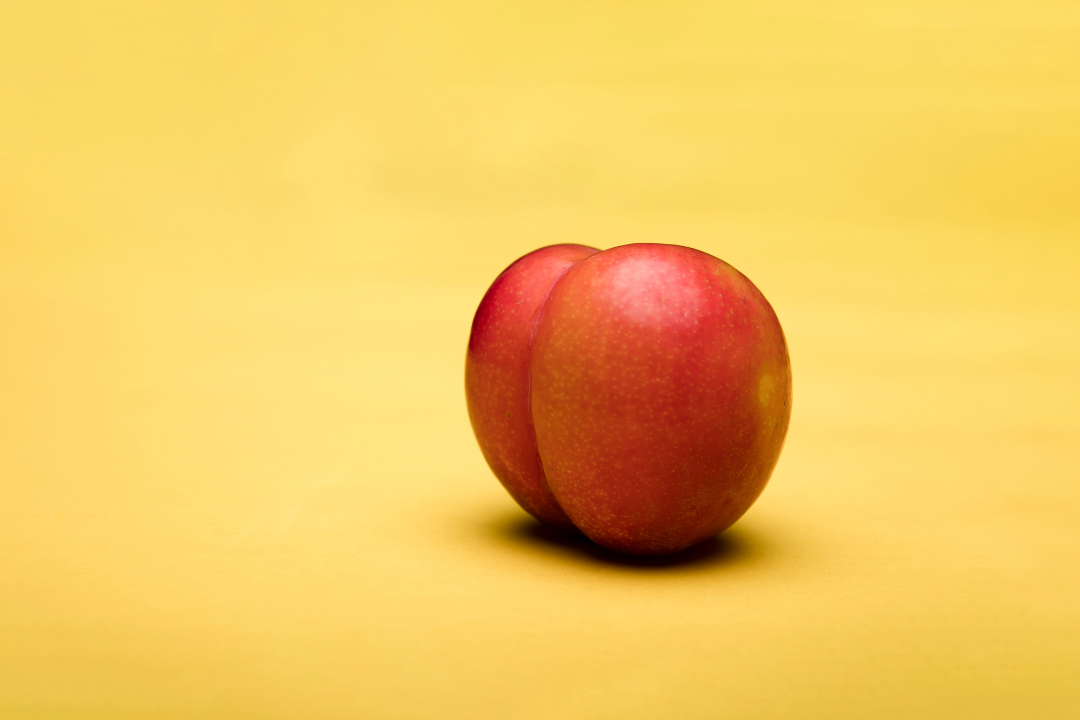
Glute training is crucial, and here's why: it's not just about getting that perky booty (although, let's be honest, who doesn't want that?). It's also about building strength. At Strong Curves, we focus on strengthening those glutes to support your posture and reduce back pain. In our sedentary world, glutes often get neglected and become weak, so they need some extra attention. Incorporating specific glute exercises into your routine is a must, regardless of your lifting experience. To really kickstart your glute training, try using booty bands; they're a game-changer for activating those muscles effectively. Check out our video for the ultimate booty training technique and grab some Strong Curves Booty Bands to get ahead in your glute game!
Basic Weekly Gym Routine For Beginners
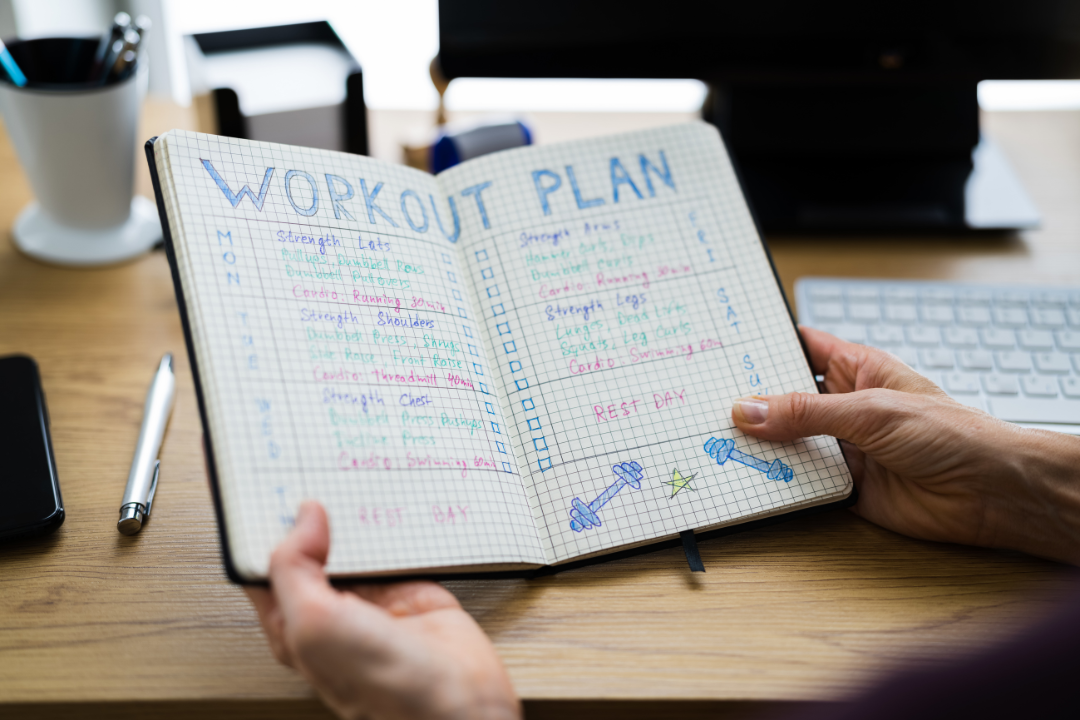
So, if we go by the general guide for beginners, doing 4 days of weight training per week with 2 lower body and 2 upper body sessions, a weekly routine might look something like this:
Day 1: Lower body (squats, lunges, hip thrust, deadlifts)
Day 2: Rest (or optional cardio or yoga)Day 3: Upper body (focusing on back and arms - assisted pull ups, rows, pull downs, bicep curls)Day 4: Rest (or optional cardio or yoga)Day 5: Lower body (squats, lunges, hip thrust, deadlifts)Day 6: Rest (or optional cardio or yoga)Day 7: Upper body (focusing on shoulders and chest - overhead press, side raise, bench dips, push ups)
Consistency is key in weight training, especially when sculpting those Strong Curves. Stick to a solid routine for at least 4 to 6 weeks, repeating the same exercises each week. Sure, it might feel a bit repetitive, but that's how you really get results. Becoming an expert isn't about constantly switching things up. Instead, take the time to really master each exercise, focusing on getting stronger and more skilled every week. Remember, practice makes perfect!
How Many Sets And Reps For A Beginner Lifter?

Sets and repetitions (reps for short) are how you structure your workouts. Beginners should start off doing no more than 3-4 exercises per workout. How many sets and reps you do for each exercise should be kept simple too. There are many ways to over-complicate this and of course, as you progress and become more advanced you can experiment more with your set structure. The science shows that 3-4 sets of 10-15 reps with a moderately heavy weight is ideal for muscle building (think sculpting Strong Curves). For a complete beginner, I would stick to 3 sets of 15 reps. That means taking your first exercise and performing 15 reps. Then rest between 60-90 seconds before performing the second set of the same exercise for 15 reps and so on. Repeat the process until you have completed all sets before moving onto the next exercise.
How Heavy Should You Lift?
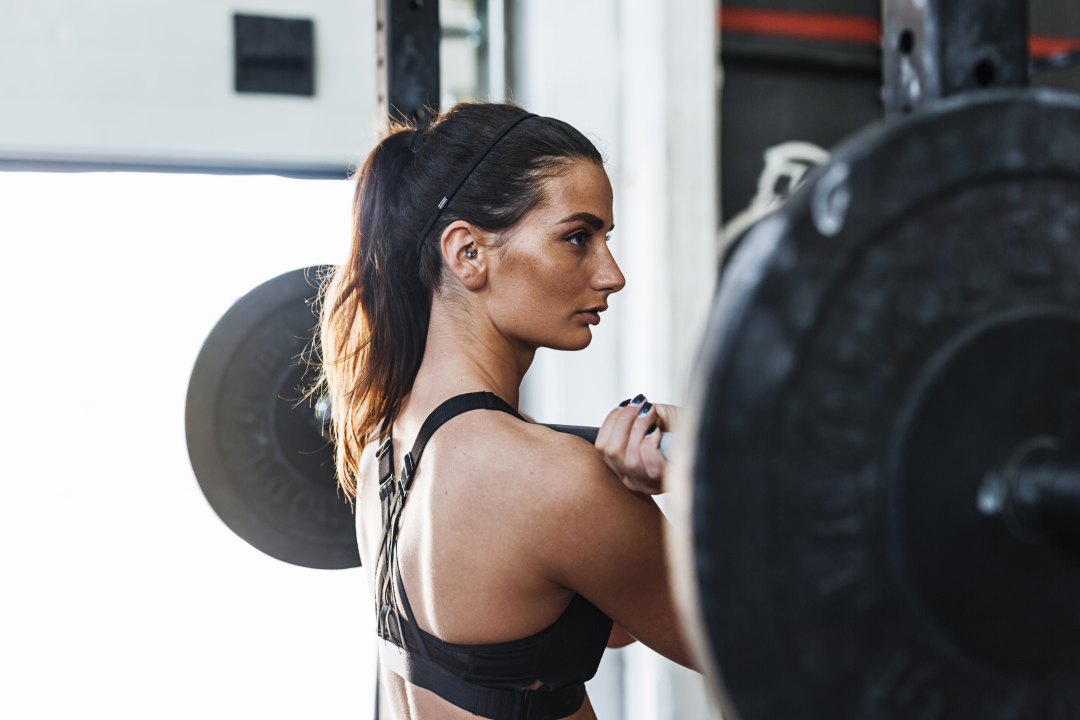
Choosing the right weight for lifting depends on your individual strength and fitness. There's no one-size-fits-all amount, so expect some trial and error. Aim for a weight that's manageable yet challenging for most of your sets. If it's too light, you won't push your muscles enough for growth. Lifting too heavy and losing form risks injury and ineffective workouts. The ideal weight should make the last few reps in a set quite challenging. Start with mastering proper form over lifting heavy. As a beginner, focus on building good movement patterns, then gradually increase weight as you gain confidence and strength. Watch this video tutorial in picking the right weight for your workouts:
https://www.youtube.com/watch?v=WqcipQlaocI
Should You Take Rest Days From The Gym?

Absolutely take rest days from the gym! When you start lifting, you'll experience muscle soreness (AKA Delayed Onset Muscle Soreness or 'DOMS'), but it'll lessen as you condition your body. Weight training stresses your nervous system, so recovery time is crucial to avoid injury and over-training. Muscles generally need 48-72 hours to recover, but it might take longer when you're new to lifting. Listen to your body – if you're still sore, give yourself more time. Your recovery is also just as important as your workouts. Stretching, foam rolling, yoga, magnesium salt baths and remedial massages can massively help your tight and sore muscles recover after a hard workout! Training less often but with full effort beats daily half-hearted sessions. For beginners, alternating between lower and upper body workouts optimizes recovery time, allowing consistent training without overdoing it. Remember, it's about training smart, not just hard!
Try this yoga recovery session to ease your sore muscles after your workouts:
https://www.youtube.com/watch?v=Of-o71CMH8I
How Fast Will You See Results As A Beginner Lifter?

Lifting weights is awesome for both your body and confidence, but don't expect miracles overnight. Building muscle takes time, yet with good form and technique, you'll start noticing changes as a beginner pretty soon. In about a month, you'll feel some differences, though they might not be super obvious to others. Fast forward to six months, and that's when you really see the progress - clothes fitting differently, feeling stronger, and your body looking tighter and more toned. You might even see some new muscle definition popping up. And once you start seeing these gains, trust me, you'll be totally hooked on lifting!
How To Get The Best Results As A Beginner Lifter

As a beginner in lifting, it’s not just about how heavy you lift or how often you hit the gym. What’s crucial is focusing on good form and really connecting with your muscles. This concept is known as 'beginner gains,' where newbies often progress quicker than seasoned lifters, thanks to their bodies rapidly adapting to this new type of exercise. The key here is not to overdo it with super intense workouts or overly long sessions. Keeping your routines basic and straightforward is actually more beneficial for you. So, your main goal should be to nail the correct way to perform each exercise, ensuring you’re engaging the right muscles effectively. This approach is how you truly get to grips with weightlifting and start seeing results.
Unfortunately, many regular gym-goers miss out on this and hit a plateau because they don’t focus enough on these aspects. Don’t make that mistake! From the get-go, concentrate on learning proper form and building that all-important mind-muscle connection. You'll feel the benefits and see your results soar as you progress.
How To Stay Motivated When Progress Is Slow

When it comes to staying motivated as your lifting progress seems slow, remember that building muscle is a longer journey than losing body fat. If you're used to quick results from strict diets and lots of cardio, waiting for visible gains from lifting can feel like an eternity. Trust me, I've been there—it took me six months to really see changes when I started. Don't let this slow pace discourage you! Shift your focus from how you look to how you feel. Notice your growing strength, boosted confidence, and how you're smashing it both in the gym and in everyday life.
Instead of obsessing over the scale, set performance goals in your workouts. Maybe this week you managed 3 sets of 10 reps on squats. Next time, aim for 12 reps. Tracking these small, achievable targets is not only motivating but also deeply rewarding, especially for a beginner. Keep a training journal or make notes in your phone to monitor your progress. Or, better yet, join the Strong Curves App for full home or gym programs you can easily track in app!
Above all, make sure you're having fun and enjoying the challenges. Starting any new fitness journey is tough, but if you focus on the positive aspects and celebrate every little win, you'll soon fall in love with the process. Before you know it, the body you're working towards will just be a happy side effect of a journey you thoroughly enjoy.
Beginner Lifter's Guide In a Nutshell
Be prepared with a solid workout plan and stay consistent.
Emphasize mastering basic, fundamental exercises for effective muscle building.
Adopt a balanced gym routine, alternating between lower and upper body workouts.
Keep it simple, and focus on good form and mind-muscle connection.
Incorporate rest days for muscle recovery and avoid over-training.
Be patient with progress and stay motivated by setting performance goals.
)